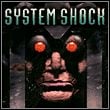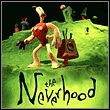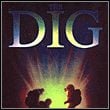BioForge. Most underrated, groundbreaking games of the 90s
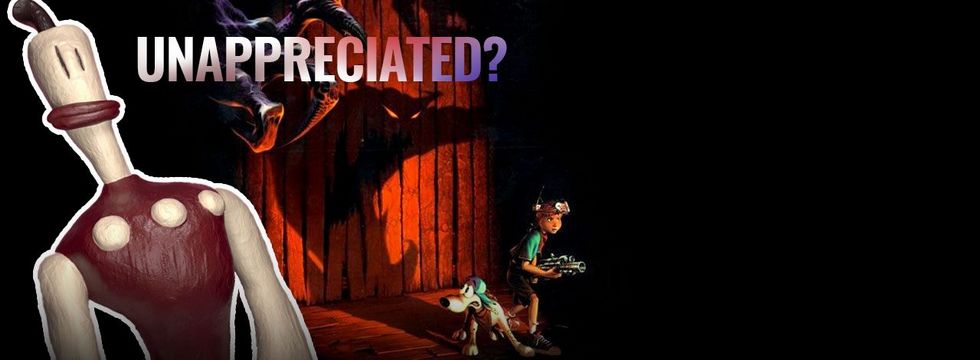
- The Most Underrated (Though Genre-Defining) Games of The 90s
- Robinson's Requiem
- Trespasser
- The Terminator: Future Shock
- Master of Magic
- Shogo: Mobile Armor Division
- System Shock and Marathon
- Heart of Darkness
- BioForge
- The Dig
BioForge
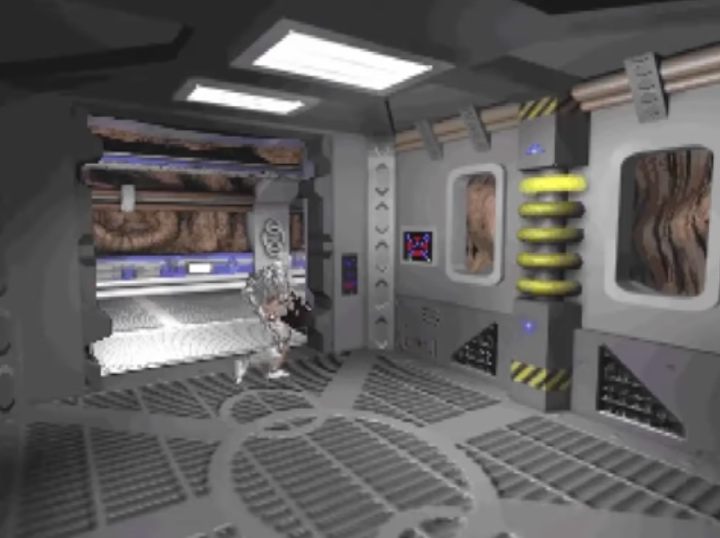
- Release date: April 1, 1995
- Developer: Origin Systems
- Genre: survival horror
Average scores in reviews, abandoned development of the sequel, focusing only on a story expansion and abandoning it as well – it's certainly not the fate that BioForge deserved – it was a claustrophobic science-fiction horror with a cinematic flair. We played a cyborg who wakes up with complete amnesia at a research station, where some alien life form has delivered a total massacre. Our goal was to escape this trap of a location and discover its secrets. In 1995, BioForge paved the way for survival horror games in truly cinematic style. Just like the main character, the player didn't really know what was going on and what actually happened. We gained this knowledge gradually by interacting with NPCs.
BioForge was primarily a technical masterpiece. It used motion-capture technology and rendered character animations in real-time. It pioneered wireframe animation, which later became a widely used standard. The character, along with the loss of health points, was getting bloodier and began to limp. The laser beams fired from weapons bounced off metal surfaces at correct angles. It was interesting that the game was classified as interactive film genre, mainly due to the accumulation of over 20 actors with extensive dialogue trees and showing the action from different perspectives.
The biggest criticisms of the reviewers focused on somewhat crude combat, similar to the one from Alone in the Dark, as well as non-intuitive controls and high hardware requirements. The attention to detail, graphic design and atmosphere were praised, on the other hand. Years later, the game director admitted that there was too much focus on technical aspects and graphics. Had a similar attention been paid to gameplay itself, this production would have gained the recognition it deserves.
